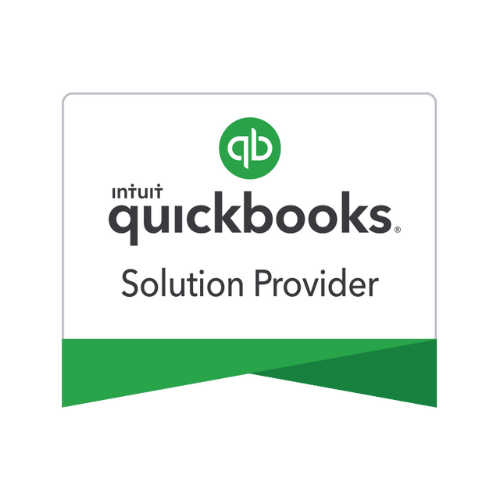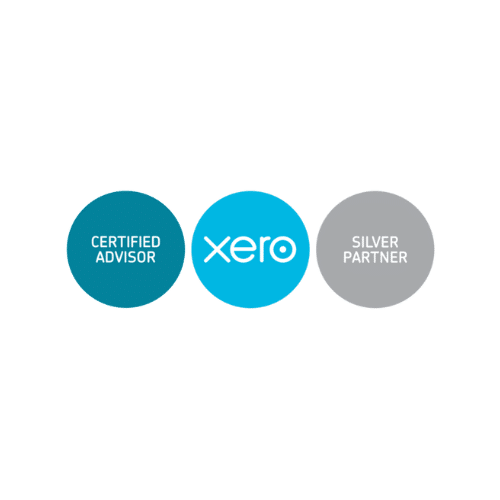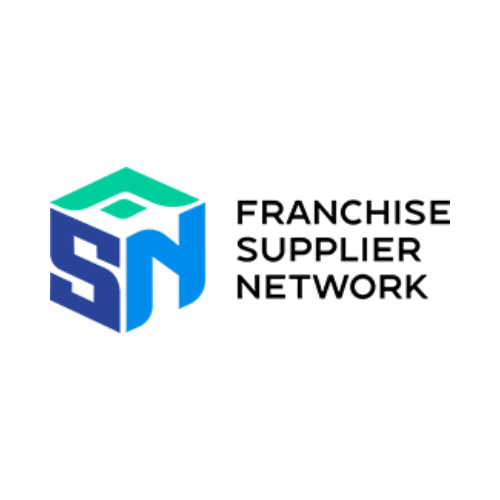Mastering the art of reading a cash flow statement is an essential skill for any business owner or investor. In this post, we will show you how to read a cash flow statement like a pro, with expert-level tips and practical advice that will help you analyze and interpret this critical financial document with confidence. Whether you’re a beginner or an experienced financial professional, our breakdown will provide you with the knowledge and skills you need to understand cash flow statements effectively.
Understanding how to keep track of your finances is essential to your business’s success. In particular, three financial documents are essential to understanding the financial health of your company: the balance sheet, income statement, and cash flow statement.
What Is Cash Flow?
Before we get into how to read a cash flow statement, let’s talk a bit about what cash flow is. Basically, this term describes the net amount of cash (and cash equivalents) coming into and leaving a business.
In any business, there is outflow in the form of money spent and inflow in the form of cash. The ability of a company to create value is, at a fundamental level, determined by its ability to produce positive cash flows. To put it more specifically, a company’s ability to create value is based on its ability to maximize long-term free cash flow, which is the money generated by normal business operations after subtracting the money they have spent.
What Is a Cash Flow Statement?
Now that we’ve learned a little about cash flow, we can start learning about cash flow statements. This is a financial statement that outlines the amount of money your business had within a certain period, such as a month, quarter, or year.
These statements indicate where your cash comes from and where it goes. They also highlight the flow of cash within your company, in particular in its investing, operating, and financing activities.
Any interest earned on investments, shares sold, or funds raised will be indicated on a cash flow statement.
The net cash flow (written as “net cash increase for a period”) of your company is a representation of the true loss or gain of your business within the specific time period. On the statement, the cash at the end of the period represents how much cash is in your bank account at the moment.
Cash Flow Statement Example
Now let’s take a look at an example of a cash flow statement to give you an idea of what this document might look like.
Divided into operating, investing, and financing activities, this sample will be referred to later in the article as we learn how to read these valuable financial documents.
- Operating Activities
- Net Income: $19,600
- Adjustments to Reconcile Net Income to Net Cash provided by operations:
- Credit Card: $1,000
- Accrued Expenses $400
- Payroll Liability: $6,000
- Reimbursement Liability: $200
- Total Adjustments to Reconcile Net Income to Net Cash provided by operations: $7,600
- Net Cash provided by operating activities: $27,200
- Investing Activities
- Equipment & Computers: -$2,500
- Net Cash provided by investing activities: -$2,500
- Financing Activities
- Preferred Stock: $6,000
- Net Cash provided by financing activities: $6,000
- Net Cash Increase for Period: $30,700
- Cash at Beginning of Period: $45,000
- Cash at End of Period: $75,700
With this example, we can now continue exploring how to read a cash flow statement and learn what they are used for.
What Is a Cash Flow Statement Used For?
Having and using a cash flow statement for your business can help you make informed financial decisions for your company. It is amazing how illuminating it can be to understand where your money is coming from and where it is going within different periods of the year or year.
Cash flow statements can help you understand which initiatives of your company were profitable, which were concerning, which were promising, and which were more costly than expected.
When you are just starting a business, you are likely most worried about going through the cash you have more quickly than you can withstand. With a cash flow statement, you can reevaluate different aspects of your business and determine whether or not your current business strategies are worth the financial risk they imply.
Cash flow statements are also used by shareholders and investors to analyze how financially strong your company is. This statement is also used to understand whether or not the company’s debts are being managed effectively and if they can be repaid in a reasonable amount of time.
The actual cash position of your business can be read as a position of strength in these circumstances. On the other hand, when it seems like a company has collection issues, it can raise some red flags.
How to Read a Cash Flow Statement
Your organization’s operating, investing, and financing activities are used as the three main categories on a cash flow statement. Let’s learn more about each section to help you understand how to read a cash flow statement.
Operating Activities
The first thing listed underneath operating activities is the net income. This is a number that can be found on your income statement. In our example above, the business had a net income of $19,600 for the reporting period.
Next, you will see the “adjustments to reconcile your net income to net cash.” This is a list of revenue or expenses that haven’t yet been reflected in your bank account. In our example, money is owed to payroll, a credit card, and other miscellaneous expenses.
Basically, this money is still in their bank account even though they will be paying it out in the near future. Once these adjustments have been considered, the net cash provided by operating activities shows how much cash is currently available due to operating activities.
Investing Activities
This section is also sometimes referred to as the capital expenditure section. This is where the investments that your company has made are recorded.
To be clear, this is money that your business invests elsewhere rather than money that is invested into your business. The latter would be recorded under the next section entitled “financial activities.”
Some of the investment activities that you would want to report in this section include:
- Purchasing or selling physical assets, such as office equipment, computer software, or office buildings
- Merging or acquiring another company
- Selling or buying securities in other companies
- Sale proceeds from subsidiaries that were once owned by your business
In our example, the company spent $2,500 during the given period on equipment and computers.
Financing Activities
The last category on our cash flow statement is financing activities. This is where you deal with any cash that is involved with managing debt, borrowing money, or raising capital.
Any investments that other people make in your business will be recorded here. Examples of this include:
- Receiving loans from a bank or repaying loans
- Taking on or repaying debt
- Paying dividends to shareholders
- Buying back or issuing equity in your company
The total amount added up will be recorded in your “net cash flows from financing activities.”
This section offers insight that lets potential investors take stock of your company’s financial health. It can also help both you and investors assess whether you have a sustainable funding model.
Benefits of Hiring a Bookkeeper
There are many good reasons to hire a bookkeeper for your business. Let’s take a look at some of the top benefits:
- It lets you focus on the core needs of your business
- It means you don’t have to learn the ins and outs of accounting and finance
- It helps you create a work-life balance
- It can offer a different perspective on your business
- It lets you avoid the tedious aspects of business
- It means everything gets paid on time
- It means your taxes will be filed correctly
- It helps maintain cash flow
- It helps reduce conflict of interest with business partners
- It reduces the cost of financial obligations
If you’re interested in learning more about the cost of hiring a bookkeeper, you can take a look at our pricing here.
Is It Time to Hire a Bookkeeper?
Now that you know the answer to “what is a cash flow statement?” you might wonder if outsourced bookkeeping would be the best way to stay on top of your business’s financing. After all, cash flow statements are super useful but not particularly fun to do yourself.
You can learn more about our services here if you think outsourced bookkeeping is the right thing for your business.







